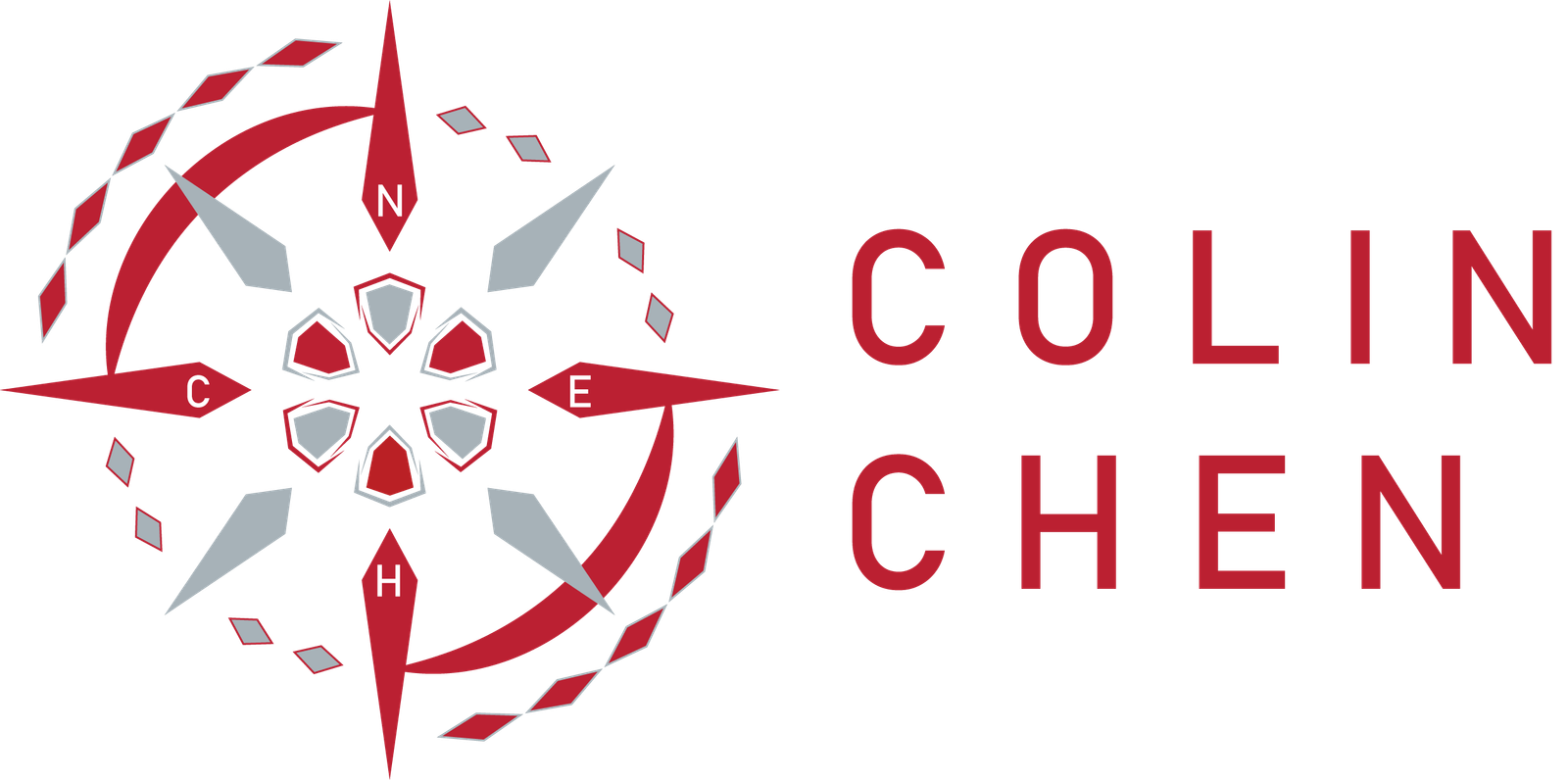Introduction
Process Capacity is a common indicator to let viewers know how much throughput can the manufacturer produce based on equipment, operation time and good product yield, and it is definitely essential to be evaluated for order ramp up.
In this post, basic indicators such as Overall Equipment Efficiency (OEE) and production Run@Rate will be explained and illustrated.
Overall Equipment Efficiency (OEE)
OEE is used to determine the efficiency and capacity of production equipment’s utilization. It helps to understand the production’s overall streamline while trying to understand where are the downtimes and respective quality performances.
In general, OEE application are used for the following purposes:
- Analyze potential time waste and improve equipment efficiency.
- Identify and evaluate current production processes’ bottleneck.
- Establish accurate and up-to-date maintenance plan for equipment. This is to prevent equipment failure.
- Customer will evaluate whether the production line can be expanded or have increased demand based on the analysis result.
The following are the OEE common industry factors associated with respective calculation method. And the OEE calculation would be the product of Availability, Performance and Quality (where OEE = A x P x Q)
But in general, the availability, performance and quality concepts could be vague if the details are not illustrated or classified. Therefore, the industry has breakdown the time fractions into the following water fall model so the valued operation time can be extracted when consider all equipment’s total downtime.
The following summary contains the net time element and downtime types for calculating OEE, and these aspects can defer based on different corporate’s approach.
Run Rate Explanation
In capacity evaluation, process run rate will help process owners to estimate the current capacity based on the existing information and time fraction. It will also evaluate potential customer’s capacity expansion is feasible or not.
Before consider to calculate the Run Rate, please refer to the following process flow:
In general, Run Rate improvement can be considered for the following aspects:
- Invest additional equipment/production line to double the available time for processes
- Garner more experience with equipment operation and process setup to minimize setup downtime.
- Minimize scraps by internal quality’s yield increment while have higher precision controlling method.
- Have corrective and preventive equipment maintenance plan to minimize stops (minor or long).
There are two types of run rate can be looked at. One of them is observe run rate by daily overview with entire process flow while the other one can be seen just by the process station itself.
The table below will explain what are the different focus and application based on these two scopes.
For the daily run rate setup for individual station, the following parameters and logic will be gathered to evaluate the bottleneck station and individual process step’s detail for good estimation.
For the process station calculation (on annual basis), please see the table for parameter calculation.
Based on the calculation, the following table will give a brief understand of what’s the current state of your utilization.
